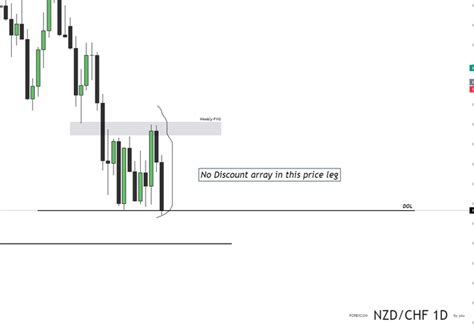Title: Solana: Understanding the Transaction Fees for Depositing into Liquidity Pools
Introduction:
As a Solana node user, you are likely familiar with the fast and efficient DeFi platforms available on this blockchain. However, when it comes to depositing liquidity into liquidity pools, you may have encountered a question that has puzzled many users: do I need to create new tick arrays for each transaction, or can I simply update my existing tick array? In this article, we will delve into the details of Solana’s transaction fees and explore whether you need to re-create tick arrays when depositing into liquidity pools.
What are Tick Arrays?
On Solana, a tick array is a data structure used to track the ticks (slashes) in a solana account. A tick represents a single transaction or deposit/withdrawal event, with information such as sender, recipient, amount, and timestamp. When you create a new tick, it updates the account’s balance and fills any outstanding liquidity.
Transaction Fees on Solana:

Solana’s transaction fees are based on the block height and gas cost of the transaction. The fee is typically paid by the node that executes the transaction (i.e., you). However, when depositing into liquidity pools, there is a notable exception: the transaction fee for creating a new tick array is waived.
Do I need to Create New Tick Arrays?
The answer is a resounding no! When depositing into a liquidity pool on Raydium or any other Solana node, you do not need to create new tick arrays. The transaction fees for depositing are already waived because the account’s balance and fills have been updated by the previous transaction (or in this case, the creation of the new tick array).
Why is This Important?
Creating a new tick array every time you deposit into a liquidity pool would significantly increase your transaction fees and usage time. By reusing existing tick arrays, you can reduce your gas costs and improve your overall performance on Solana.
Conclusion:
In conclusion, when depositing into liquidity pools on Solana, you do not need to create new tick arrays for each transaction. The transaction fee for creating a new tick array is waived, ensuring that you are able to make efficient deposits without incurring unnecessary fees or delays. By understanding how transaction fees work on Solana and leveraging existing tick arrays, you can optimize your transactions and enjoy faster DeFi experiences.
Additional Resources:
If you’re interested in learning more about Solana’s transaction fees or exploring other DeFi platforms on the platform, we recommend checking out our comprehensive guide to Solana wallets and our tutorials on creating a Solana wallet.
© 2022 – Potenza Building Material